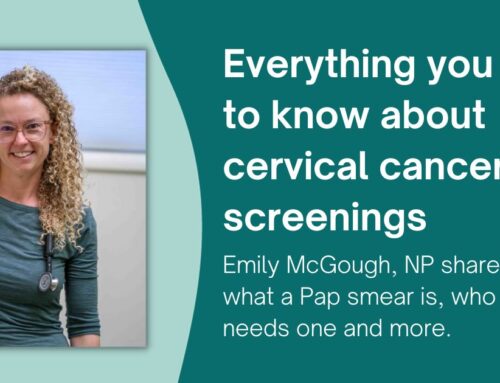Winter is surely here. So is daylight savings time, which makes this the perfect time to discuss Seasonal Affective Disorder.
What is Seasonal Affective Disorder (SAD)?
Seasonal Affective Disorder, or SAD, is a mood disorder that coincides with seasonal changes. It typically appears in fall or winter months and becomes less noticeable as the days grow longer. Those experiencing winter Seasonal Affective Disorder may notice symptoms such as feelings of sadness, tiredness, hopelessness, guilt or low self-worth, low motivation and a decrease in energy, trouble concentrating, suicidal thoughts, oversleeping and overeating, weight gain, and lessened interest in activities that were once enjoyed. These symptoms tend to present daily or almost daily, and create impairment in areas such as social, occupational, or relational functioning.
Why do people get Seasonal Affective Disorder?
Seasonal Affective Disorder may be triggered by biological changes in response to decreased daylight. Levels of melatonin, a naturally produced hormone that assists in sleep and mood, typically fluctuates throughout the day. It increases in times of darkness and decreases in times of light, shifting as the days shorten. As the amount of daylight shifts, our circadian rhythm (our body’s internal clock) can be disrupted. Levels of serotonin, a brain chemical that promotes feelings of happiness and contentment, have also been shown to drop in response to decreased sunlight, which can lead to feelings of fatigue and sadness.
There are also many individual factors that can contribute to developing Seasonal Affective Disorder, including a family history of depression, a pre-existing diagnosis of Major Depressive Disorder or Bipolar Disorder, gender (SAD is more common in women), age (SAD is diagnosed more often younger adults), low levels of Vitamin D, and distance from the equator (typically populations further from the equator experience a greater frequency of SAD).
What can you do about Seasonal Affective Disorder?
The first step is to meet with your Primary Care provider to rule out any physical health concerns, complete indicated lab testing, and discuss treatment options such as medication, psychotherapy and light therapy. Medication may be useful as a means of altering contributing brain chemistry, and psychotherapy can help individuals with SAD to create healthy routines, challenge and shift negative thought patterns, and gain positive coping skills to manage their symptoms. Light therapy (or phototherapy), consists of spending time at the beginning of the day in front of a light box that replicates natural light, and appears to help create shifts in mood. The use of light therapy should be discussed with your provider, since it could have adverse effects for some diagnoses, including Bipolar 1 and 2.
Get support with Seasonal Affective Disorder and other mental health needs
If you need support managing your physical or mental wellbeing, please reach out to Behavioral Health Counselor Lindsay Wright, or call your primary care provider at 970-728-3848. If you are experiencing a mental health crisis, please call the Colorado Crisis Line at 844-493-8255 or 988.








